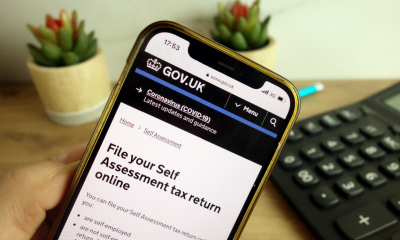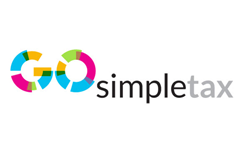
MTD for ITSA or Making Tax Digital for Income Tax Self Assessment to give it its full title - remember that? Perhaps you'd prefer not to.
MTD for ITSA was due to be phased in from April 2024 for those with total gross income over £10,000 in a tax year from self-employment and property, with partnerships due to follow in 2025. But then, in December 2022, the government announced a two-year delay to the planned introduction schedule, as well as a significant threshold increase up to £50,000 in the first phase and £30,000-£50,000 in the second.
So, why the delay? At the time, HMRC said: "Understanding that self-employed individuals and landlords are currently facing a challenging economic environment, and the transition to Making Tax Digital for Income Tax Self Assessment represents a significant change to taxpayers and HMRC for how self-employment and property income is reported, the government is giving a longer period to prepare for MTD."
Did you know? The introduction of MTD for ITSA's has been delayed four times since it was first announced in 2015 (source: National Audit Office). So far, HMRC has spent some £1.3bn on introducing MTD for VAT and MTD for ITSA, but it expects to raise £3.9bn in additional tax revenue as a result.
 New tax year – new you
New tax year – new you
You can file your self-assessment from the 6th April. Know your tax owed and start the tax year in control.
For self-employed individuals, sole traders, or those with non-PAYE income, GoSimpleTax provides direct self-assessment filing with HMRC, offering helpful hints and savings tips throughout the process. Let GoSimpleTax handle all calculations.
MTD for ITSA: how will it change reporting?
For those in need of a quick reminder…
- Under MTD for ITSA, many sole traders, freelancers, ordinary business partnership members and landlords will need to keep digital records of their income and costs and send a quarterly summary to HMRC using MTD-compatible software (or bridging software that enables them to comply with MTD reporting requirements while using their existing accounting software).
- Each quarter (ie every three months), the compatible software will create summary totals for business/landlord income and categorised expenses. These summaries are known as quarterly updates.
- After submitting an update, you or your agent can see an estimated tax bill within the compatible software. Making any accounting or tax adjustments is not essential before sending an update, but doing so will make the estimated tax bill more accurate.
- After the fourth quarterly update has been submitted, the system will show income and expenses for the whole tax year. Adjustments may then be made, for example, claiming reliefs and allowances, removing disallowable expenses, adjusting the value of individual transactions, etc. Business/rental income will be finalised in the MTD for ITSA-compatible software, with an updated tax bill estimate given..
- To finalise your income tax position, you may need to provide HMRC with information about other personal taxable income (eg savings or dividend income).
- Then, you or your agent must make a final declaration via the MTD for ITSA software, confirming that the information provided is correct and complete and that your income tax position for the tax year has been finalised. A final declaration must be made, even if there is no additional taxable personal income to report. If your software does not support submission of additional personal income, you'll be able to use your HMRC online services account for this.
- You must make your final declaration by 31 January following the end of the relevant tax year (5 April), if you want to avoid a late-submission penalty.
- The information you provide will then be used to work out your final self-assessment tax bill for that tax year.
MTD for ITSA: revised introduction dates
From 6 April 2026, sole traders, freelancers and landlords with a gross income of more than £50,000 will need to comply with MTD for ITSA requirements or risk a penalty from HMRC. Those with an income of £30,000-£50,000 will need to do so from 6 April 2027. Many others will be able to join voluntarily before those dates, with HMRC believing that MTD will help them to eliminate basic tax-reporting errors and save time on tax admin.
So, what about those earning below the £30,000 income threshold? In 2022, the government said it was planning a review into the needs of such businesses, to consider how MTD for ITSA can be shaped to meet their needs and help them to fulfil their tax obligations. This review is ongoing, but it's likely that it will be rolled out to them eventually too.
Moreover, according to a report published in November 2023, the government also remains "committed to future introduction of MTD for ITSA to partnerships", although no date has yet been given, following the delay of its original planned introduction.
Accountants, representative organisations and others working with sole traders, freelancers and landlords are being advised to remind them of the need to start to prepare for the introduction of MTD for ITSA in April 2026. This includes getting familiar with the new MTD for ITSA reporting requirements and making sure they have the necessary software.
Copyright 2024. Sponsored post by Mike Parkes of GoSimpleTax - tax return software that can help you manage your self assessment.